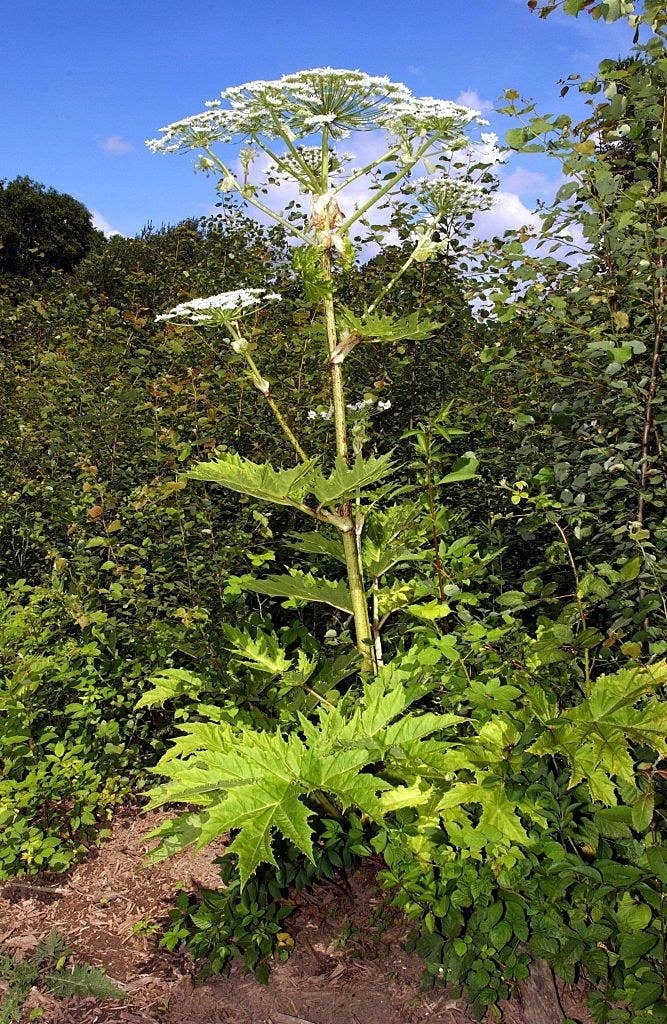
I have seen a couple of these back home in Pennsylvania, they were taller than me (I'm 5'7")! I don't really care for herbicides but I won't hesitate to use it on these nasty plants! Share this article from BuzzFeed with everyone......
Giant Hogweed, The Plant That Causes Burns And Permanent Blindness, Is Spreading In The US
This is the giant hogweed. Seems like a regular old plant, right?
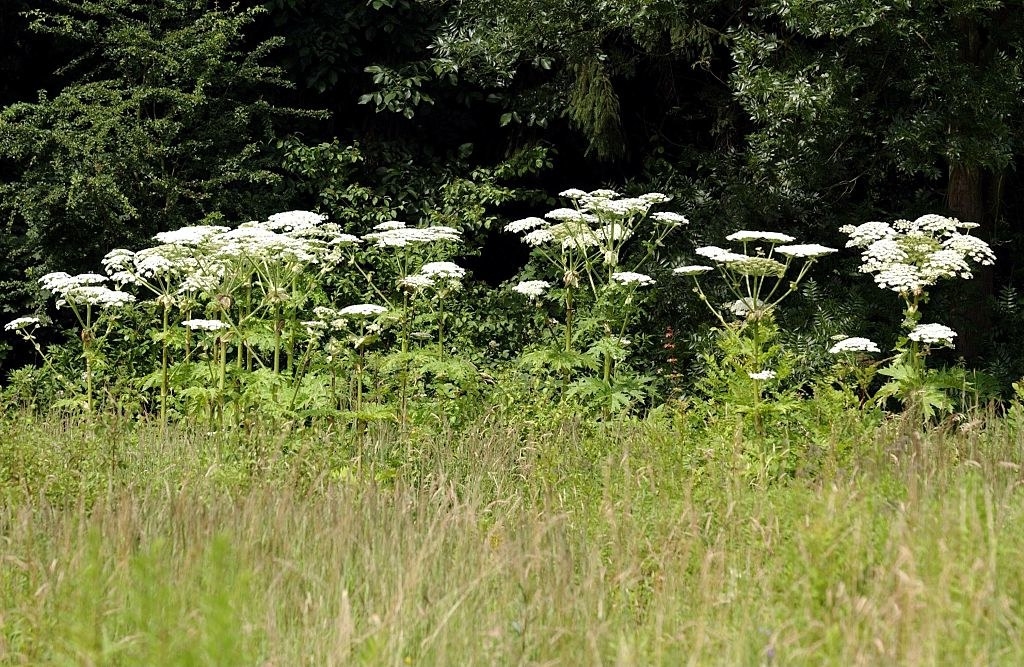
Ullstein Bild / Getty Images / Via gettyimages.com
WRONG. This is an evil, demon plant and you should avoid it at all costs.

Ullstein Bild / Getty Images / Via gettyimages.com
Giant hogweed is an invasive species that's known to grow in some states in the US, but last week it was discovered for the first time in Virginia.
Giant hogweed, or Heracleum mantegazzianum, is a large, flowering, perennial plant. It's native to the Caucasus Mountain region in Asia and was introduced to the US in the early 1900s as a garden plant, according to the New York State Department of Environmental Conservation (NYSDEC).
It is an invasive species that is known to grow in New York, Vermont, Pennsylvania, New Jersey, Wisconsin, Michigan, Oregon, and Washington. Giant hogweed is listed as a noxious weed by the federal government, which means it's illegal to transport across state lines without a permit.
The Massey Herbarium at the Virginia Polytechnic Institute and University, which researches plant species in the state, wrote in a Facebook post that it had identified Virginia's first giant hogweed population. The organization discovered about 30 plants in Clarke County, which is located in the Northern part of the state, about 60 miles west of Washington, DC.
This invasive species isn't just a problem for the environment — it's also a health hazard.
The giant hogweed's sap can cause blistering burns on the skin, long-lasting scars, and even permanent blindness.
Bob Kleinberg / NYS DEC
This botanical nightmare can grow up to 14 feet tall and you'll find it in forests, yards, fields, and roadsides. Do not touch it.
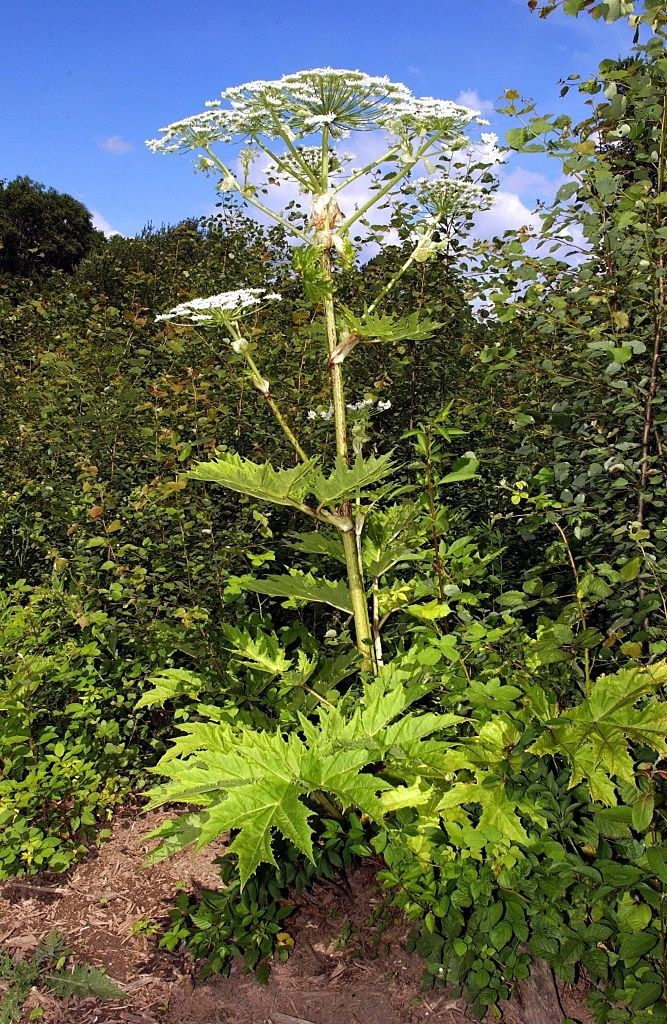
Ullstein Bild / Getty Images / Via gettyimages.com

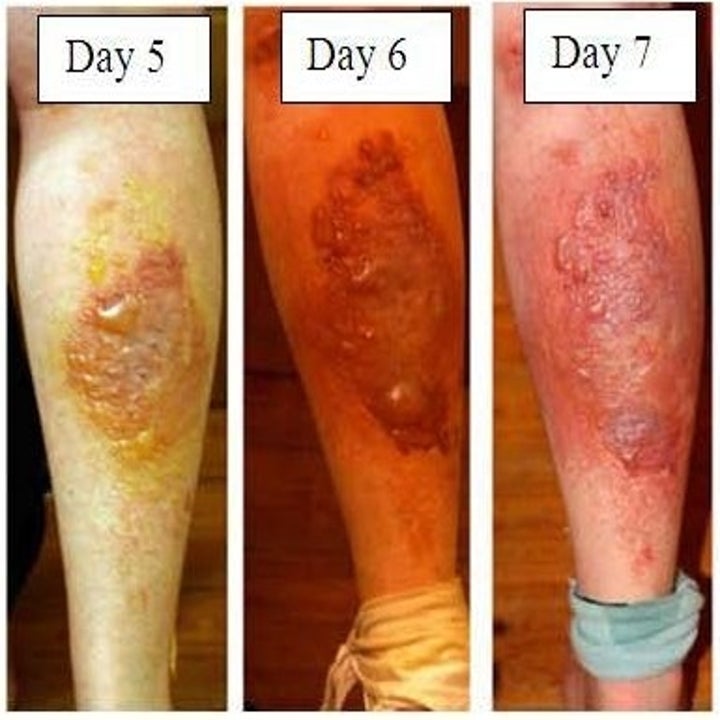
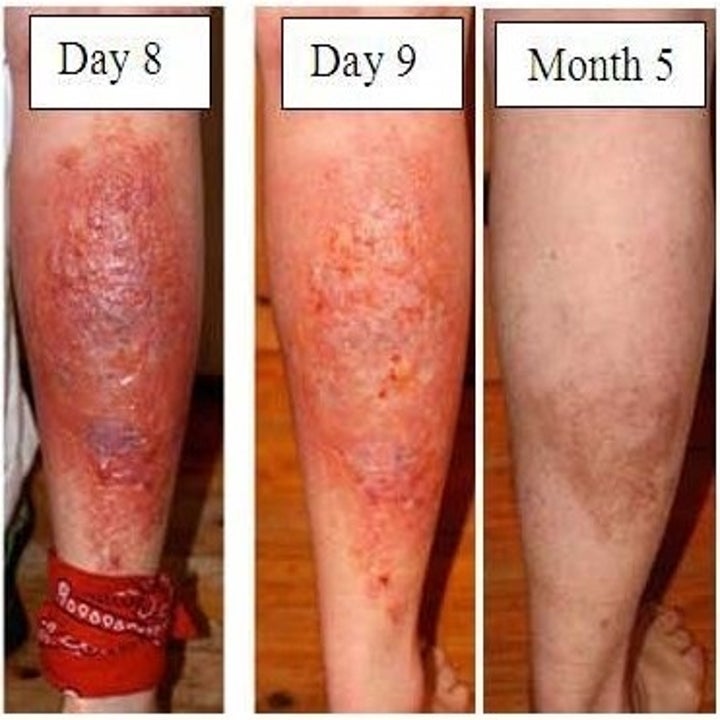
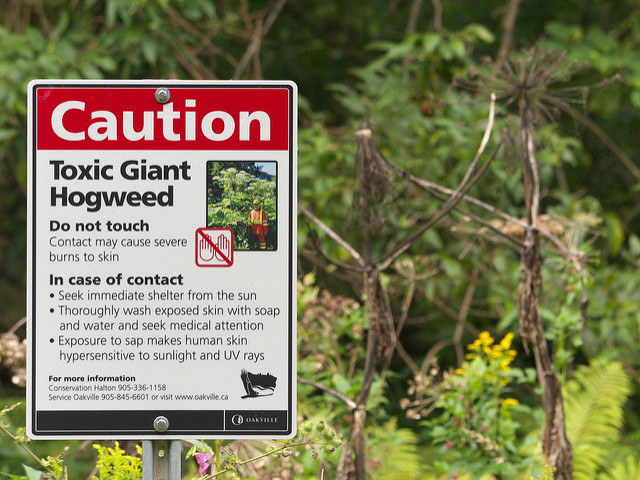
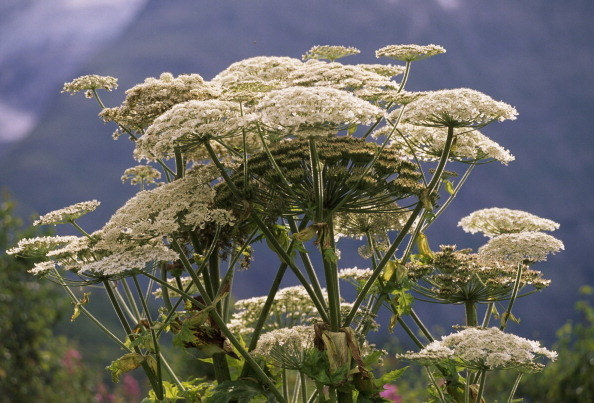
No comments:
Post a Comment